Rats in New Jersey: Types, Facts and Tips for Homeowners
-
Pete Ortiz
- Last updated:
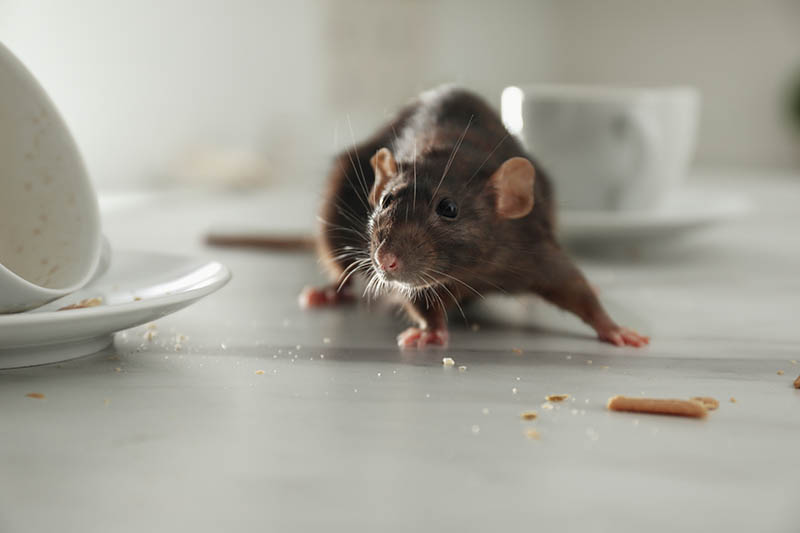
For some people, rats are a beloved companion, but when they are in your home uninvited, they can cause destruction and health issues. Unwanted rats have been a problem in homes for years and continue to be menacing today. If you are considering moving to New Jersey or are already a resident, you may be concerned with a potential rat problem.
To prevent a rat infestation or prevent it from getting worse, identifying the signs and source are imperative. If you see one rat in your home, you can be confident that there are many more you are unaware of.
In this article, we’ll look at the types of rats you can find in New Jersey and how homeowners can prevent them from making habitats on your roof or floor.
The 4 Rats Found in New Jersey
1. Norway Rats
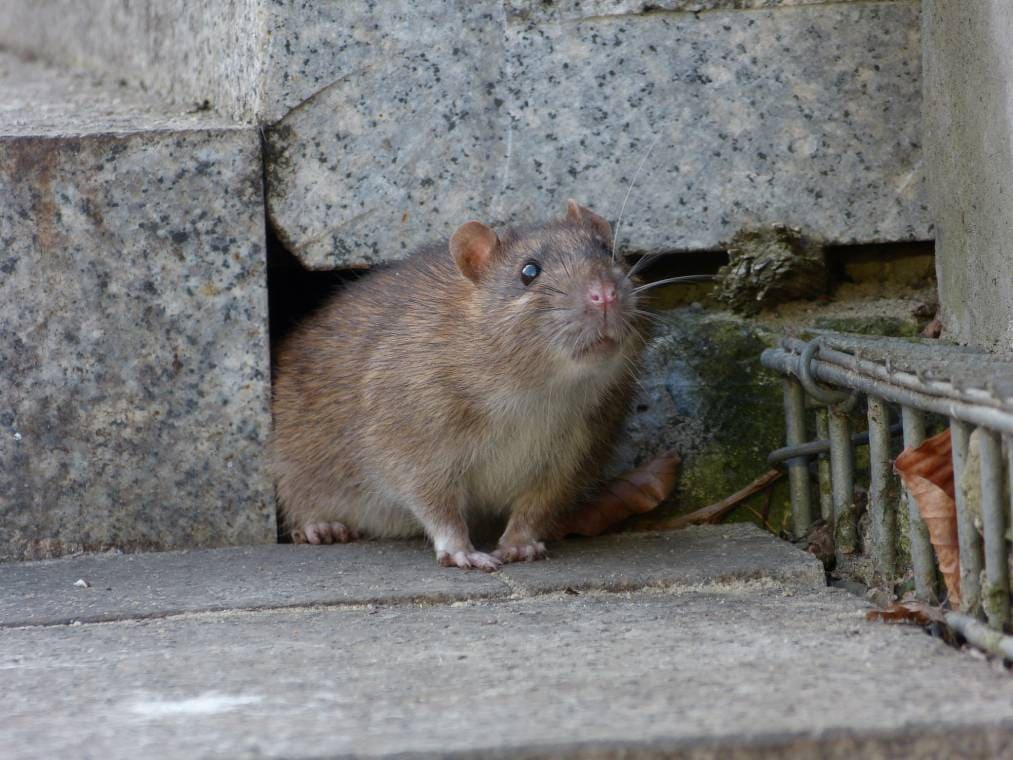
Norway rats are also infamously known as sewer rats or street rats. Today they are found all over the world, but it is said they originated in Asia and arrived in other countries from ships in the 1700s. Although they don’t have the best vision, they are fast and capable of running, jumping, and climbing, and their sense of smell and hearing is sharp.
Norway rats, in particular, are proficient at living in large colonies close to humans. They can construct long, winding tunnels underground to travel from one food source to another. Norway rats are brown with scattered black hairs and an off-white, almost gray belly. They are about 7-9.5 inches long, and their tails are shorter than the combined length of their head and body.
2. Roof Rats
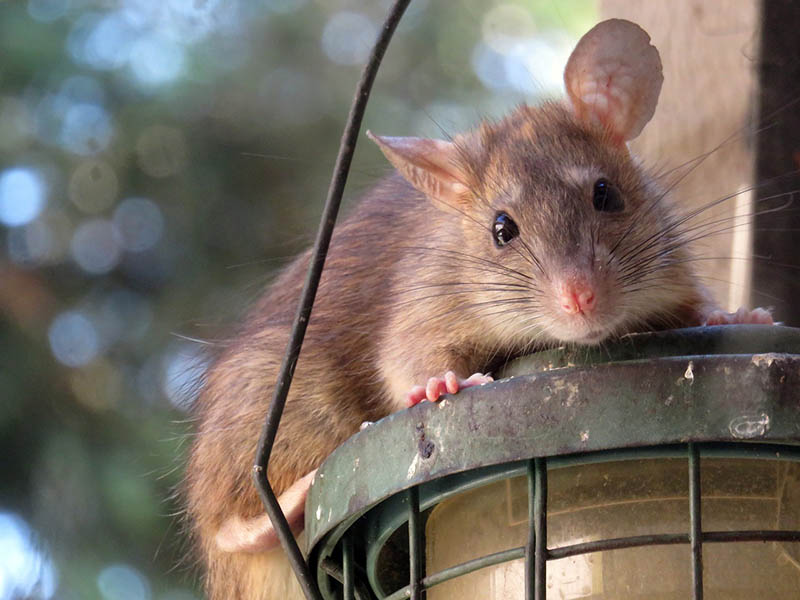
The Roof rat is smaller than the Norway rat and earned its name from its preference to shelter on roofs of buildings. Roof rats have soft, smooth fur that is typically brown with black spots and a gray, white or black underside. They are long, slender rodents with large eyes and ears, a pointed nose, and a scaly tail.
Roof rats damage materials by gnawing through them, contaminate stored food, and are carriers of diseases.
3. Eastern Woodrats
The Eastern Woodrats are rare in New Jersey. Historically, woodrats were found throughout the northern third of the state. Fieldwork in the late 1980s and early 1990s confirmed that these rats had vanished from all of their historic ranges in New Jersey except for the Palisades in Bergen County. This population now marks the northern and eastern boundaries of the Eastern Woodrat’s range.
Eastern Woodrats are relatively large, with head and body lengths ranging from 14–17 inches. Their back and sides are buffy gray, with darker hair in the middle of the back. The head is gray, the tail is dark gray on top and white on the bottom, and the underparts and feet are white.
Woodrats build nests like many other rats, using debris, such as sticks, twigs, and branches. They may get into your roof or car and damage the electrical wiring.
4. Marsh Rice Rats
Marsh rice rats are another type of rat that may be found in people’s homes, particularly if they live in the United States. But the Marsh rice rat is not that common. It is a medium-sized rat that looks similar to the Common black and Brown rat. Its upper body is generally gray and brown, including the ears, and it has small cheek pouches. They are also larger than other species, measuring 9–12inches in length.
Marsh rice rats eat meat, plants, and garbage. Cold weather will almost certainly drive these animals to seek out warm havens such as attics, storage spaces, and other parts of residential homes.
How To Tell If You Have an Infestation
There are some sure tell-tale signs that you may be sharing your home with rodents.
Noticing feces is a dead giveaway that you have a rat problem. In New Jersey, rats are most active 30 minutes before sunrise and 30 minutes after sunset, and you may hear scratching noises from the ceilings or even under the floorboards. Their gnawing and grinding sounds are distinct and are also an obvious sign that rats have moved in.
Because of their poor vision, they will run alongside walls, using the surface to guide them, and if they use the same wall frequently, they usually leave an oily residue. Damaged goods and gnaw marks will also indicate rat activity.
If it’s clear you have a rat infestation, it is vital to get it under control as soon as possible.
Why Is a Rat Infestation So Dangerous?
Rats are more than just a nuisance; they can cause massive destruction to your home. They can eat their way through your home’s wiring resulting in a short, which can start a fire inside a wall. Furthermore, they cause severe structural damage. They will continue to chew and gnaw on everything and eat your stored food. This won’t stop until you get rid of them.
The most serious concern with a rat infestation is the harm it can cause to your health. Rats are carriers of a wide range of diseases. Their urine and feces may make you or your family members ill, and rats may leave behind pathogens as they walk across your counters and food. Furthermore, the fleas and ticks that live on rats carry diseases that can be transmitted to humans and pets. The most common transferred diseases from rats to humans are hantavirus syndrome, salmonellosis, rat bite fever, bordetellosis, and rabies.
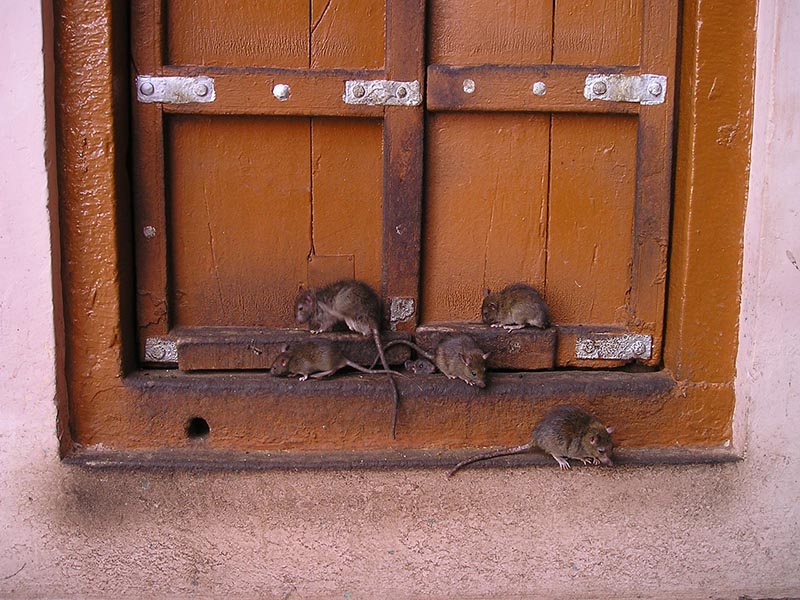
Surprising Facts about Rats
- Rats are clean and hate getting dirty.
- Rats can start breeding from 5 weeks
- Rat’s teeth never stop growing.
- The Norway Rat did not originate in Norway.
- Rats destroy about 20% of agricultural products every year.
- In some countries, rats are a culinary delicacy.
- When rats are happy, they make a sound that sounds similar to laughing.
- Rats are known to restart their hearts after being shocked.
Homeowner Tips
You can keep rats out of your home by taking a few precautions. These tips will help prevent rats, but if you already have an infestation, you should call in a professional as soon as possible.
Seal the House
Rats can enter your home through very small holes and crevices. Before you can even begin to deal with the rodents that have moved into your home, you must first seal off their entry points. Any small holes leading from the outside, such as open chimneys, exhaust piping, and other inviting spaces, could be a rat entryway.
Clear out Garbage
Rats can use garbage cans as both a food source and a shelter. If your garbage contains food containers or scraps, you should remove it immediately. Keep your trash properly stored, ensuring that each trash can on your property has a lid.

Keep your Yard Clean
Rats may be drawn to your yard. Maintain your trees and bushes, as well as your lawn, on a regular basis. Stack construction materials neatly, rake up dead leaves, and remove woodpiles.
Food Storage
You should store your food properly to keep it out of reach of rats. Glass and plastic containers are both excellent options.
Call a Professional
If you’ve already seen one or two rats, you’re dealing with a much larger problem than it seems. It’s time to seek professional assistance so that a technician can determine the best course of action for your situation.
Find a pest-control specialist in your area, and get free, no-commitment estimates for your project.Consult a PEST-CONTROL expert

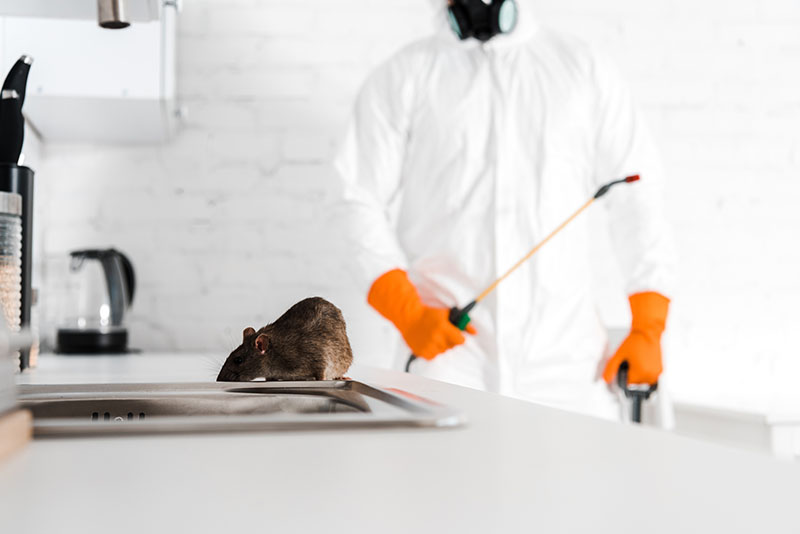
Conclusion
The most common home invader in New Jersey is the Norway rat, but no matter what rat you encounter in your home, it can wreak havoc and be a concern for potential health issues, so you will need to take action as soon as possible. Identifying the signs that rats have taken up residents and finding their source is the key to preventing the problem from worsening.
If you spot a rat, you should know that a lot more have gone unnoticed, and you likely have an infestation. The best solution is to call a professional. They have the knowledge, skills, and tools to eradicate the rodents.
- https://www.heritagepestcontrolnj.com/blog/post/what-new-jersey-property-owners-need-to-know-for-effective-rat-control
- https://www.vikingpest.com/pest-control/rats/new-jersey-rat-control/
- https://kapturepest.com/rat-control-nj/
- https://aaacwildliferemoval.com/blog/rats/different-types-of-rats/
- https://www.automatictrap.com/pages/101-rat-facts
- https://www.britannica.com/list/8-interesting-facts-about-rats
- https://www.rentokil.co.id/en/my-pest-control-quick-tips/10-interesting-facts-about-rats/#very-clean
Featured Image Credit: New Africa, Shutterstock
Contents



